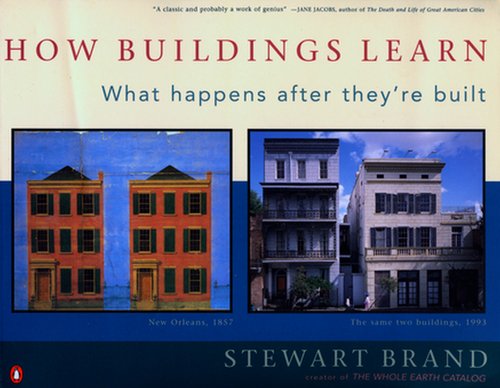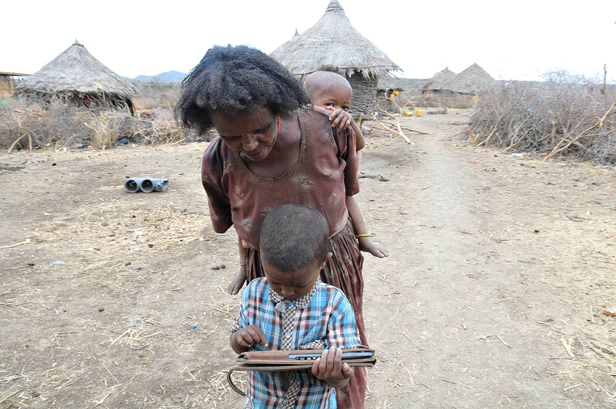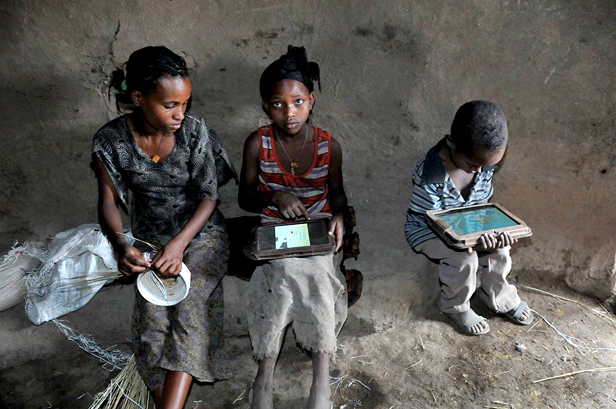I began my higher education as an architecture student, in love with the notion that form and beauty and structure, human experience, behavior of the materials of the world can all be invoked in a single set of decisions. Still in love with it, apparently: not just the product of architecture, but the process.
Here is the trailer for Archiculture, a film premiering in a few weeks out here in Southern California at the Newport Beach Film Festival.
And, whenever I am given the chance, I like to again share the amazing 6-part BBC documentary from Stewart Brand's book How Buildings Learn. I have watched the whole series scores of times and never get tired of it.













